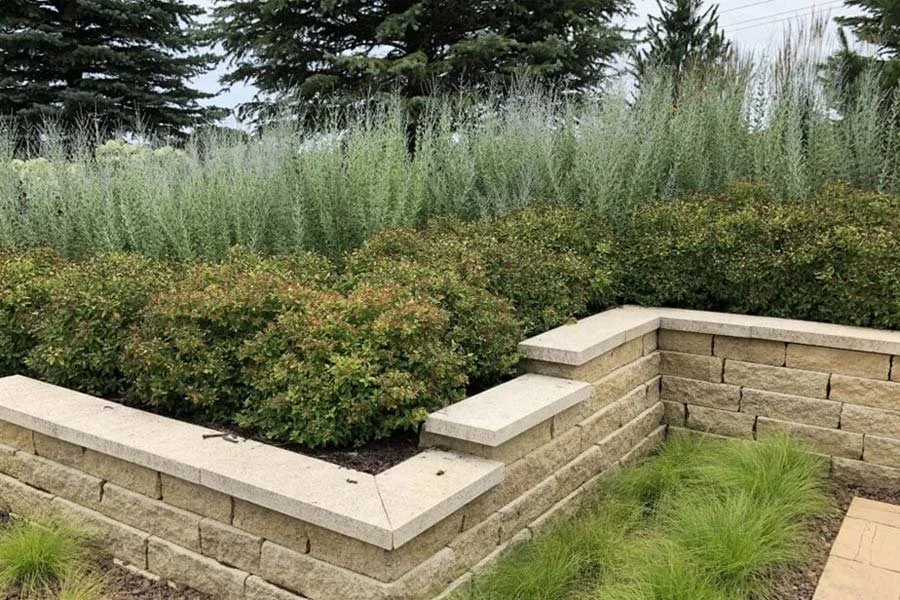Designing A Sustainable Garden
By Marti Neely, Marti Neely Design and Associates
When looking at sustainable landscape design, the saying “location is everything” also rings true. A beautiful planter off of a golf course will need different elements than a garden in Regency, where you determine your sensible use of materials.
What are the common denominators?
All lawns and landscapes are unique. But to keep plants thriving and your garden sustainable, there are a few common denominators. Water usage, native plants, irrigation, and lawn reduction are all elements that make up a sustainable garden.
The Right Plants
Using plants that require very little water should always be a top goal. Drought-tolerant plants can also be a part of a beautiful garden.
Saving Water
While Omaha is lucky not to have water bans or restrictions during the summer, attempting to save on water costs still makes sense. And if you don’t have many trees in your yard, the constant sunshine can result in higher water bills to maintain your garden.
As a landscape designer, there are clever ways we can save you money on your water bill. By using plants that require little water, planting water-loving plants in the shade, and limiting the use of lawn to only the pool entry area, we can keep your household at a certain water usage level. There is also the option of installing an irrigation system that monitors the weather and humidity. These drip systems eliminate the need for a misty spray that evaporates quickly. Water efficiency is a basic service for us.
Low Maintenance Plants
By using lower-maintenance plants, you also use less water. Native ground cover is also a good way to conserve water and keep the sun from drying out your soil. By using the existing soil and/or doing a soil study, the soil can be changed rather than replacing it. Developing a landscape design plan means forming a small “garden community,” not just planting trees and flowers. Many designers and customers are leaning towards gardens that support the local plants.
Less Lawn
A beautifully manicured lawn is nice to look at, but they are high maintenance and use a lot of water. That’s why reducing your lawn is important for sustainability. A better option may be native grasses that require no watering. However, there are instances where some lawn breaks up the different garden areas and improves the aesthetics. Lawns are not yet on the way out, but we see smaller lawns in new developments.
Hardscaping Tips
A garden is not all about greenery either. Pavers and gravel allow rainwater to seep back into the ground.

